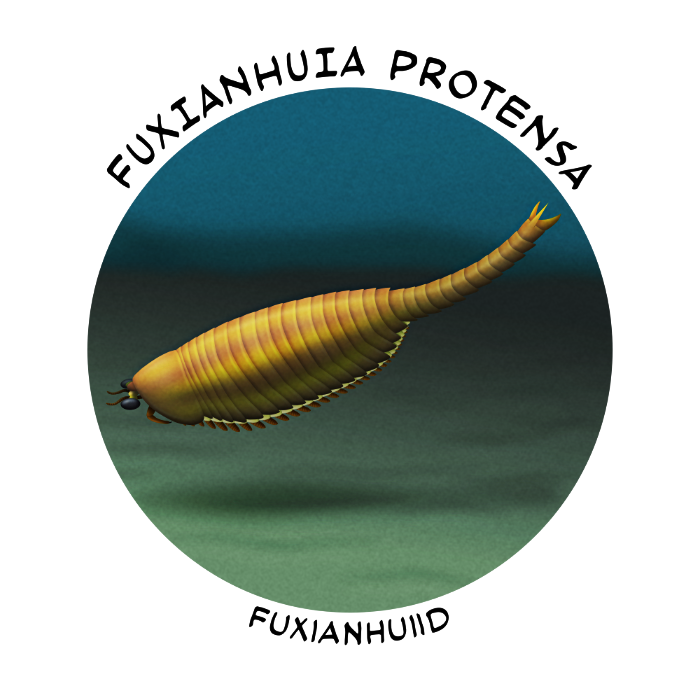In the final stretch of this month we finally come to the last of the major groupings of euarthropods: the mandibulates, which include the modern myriapods (centipedes and millipedes) and pancrustaceans (crustaceans and insects), along with several extinct groups.
Characterized by possessing mandible mouthparts, mandibulates are by far the largest lineage of arthropods and the most successful group of animals on Earth. Over a million living species are known (most of of which are insects, particularly beetles) and an estimated six-to-ten times more than that are probably still undiscovered.
Mandibulates probably diverged from their chelicerate cousins around the start of the Cambrian 540 million years ago. If the trilobites and their artiopodan relatives were early or stem-mandibulates then the earliest known fossils of the group are about 521 million years old, otherwise the first records come from a few million years later in the Chinese Chengjiang fossil deposits (~518 million years ago).
The fuxianhuiids were a group known only from South China between about 518 and 512 million years ago, found in the Chengjiang, Xiaoshiba, and Guanshan fossil deposits. Such a limited regional distribution is particularly unusual for a major group of Cambrian euarthropods.
They’ve traditionally been considered to be basal or stem-euarthropods due to their fairly “primitive” overall appearance, but more recently a new idea has begun to emerge based on well-preserved head anatomy – that they’re actually early mandibulates and possibly even closely related to the myriapods.

Fuxianhuia protensa is the eponymous species of this lineage, known from Chengjiang around 518 million years ago. Up to about 4cm long (1.6″), hundreds of specimens have been found representing varying life stages, showing that it underwent anamorphic development similar to some myriapods, gradually adding more and more segments to its body with each molt.
Its eyes were stalked, behind them was a pair of stout antennae, and on the underside of its head was a pair of specialized backwards-pointing appendages that may have been mandibles. It had a soft unmineralized exoskeleton, and like the xandarellid artiopodans it showed “segment decoupling” on its thorax, with multiple pairs of biramous limbs associated with each upper segment towards the rear of its body. Its long narrower abdomen was limbless and ended in a pair of fluke-like plates and a short tail spine.
Its large number of segments and even larger number of limbs may have been an adaptation to fluctuating oxygen levels in the Changjiang environment, with greater numbers of flap-like gills providing a much larger surface area for respiration in hypoxic conditions.
It had complex brain anatomy comparable to some crustaceans, and may be one of the earliest known fossil examples of a species practicing extended parental care. Mature adults have been found associated with multiple juveniles, all about the same age and possibly from the same clutch, suggesting they were living together and being protected.
